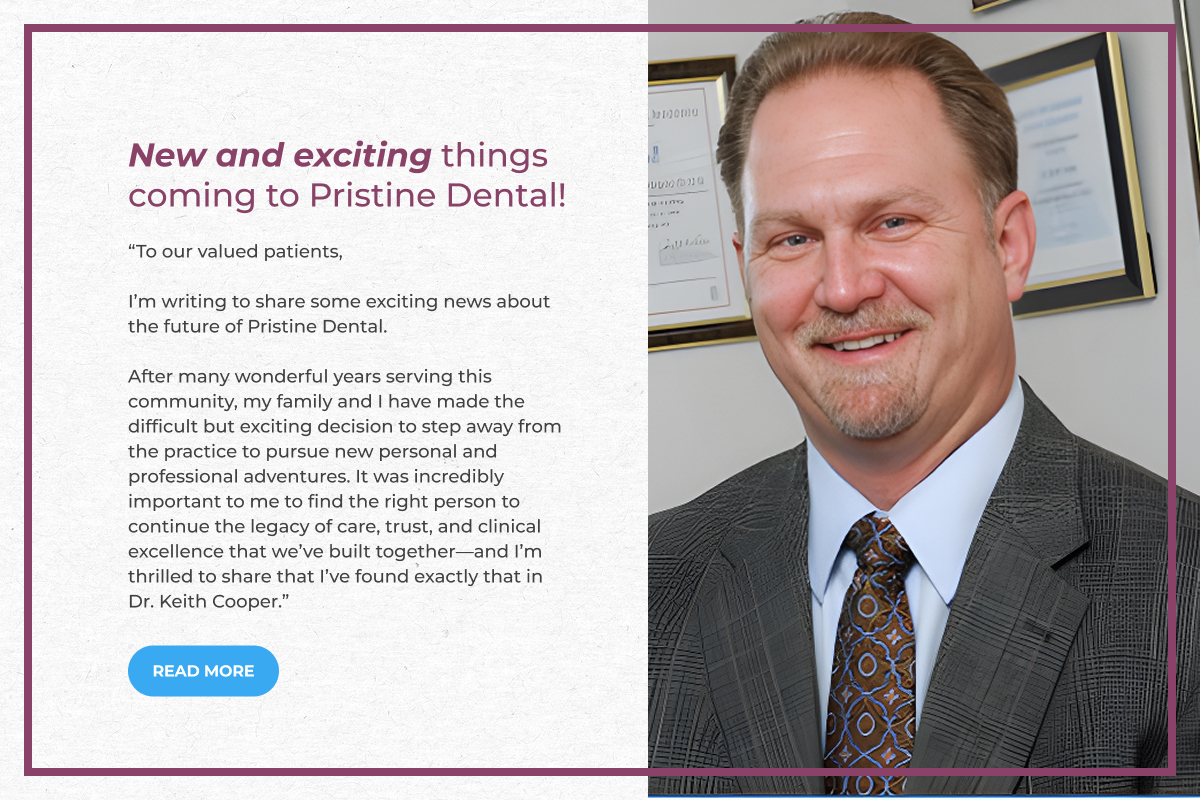Introduction to Dental Erosion: Understanding the Basics
Dental erosion happens when the protective layer of your teeth, called enamel, wears away. This can be caused by eating too much acidic food, drinking acidic beverages like soda, or even from stomach acid reaching your mouth if you often have heartburn or acid reflux. Once enamel is gone, it’s gone for good. Without this protective barrier, your teeth become more sensitive to temperatures and prone to cavities. It’s important to catch dental erosion early. By understanding what leads to enamel wear and taking steps to prevent it, you can help maintain a healthier smile for longer.
Common Causes of Dental Erosion
Dental erosion happens when your tooth enamel wears away because of acid attacking the surface. Several things cause this: Sodas and fruit juices are a big one. They’re packed with acids that love to eat away at your teeth. High-sugar diets are culprits too. Bacteria in your mouth feast on sugar and create more acid in the process. Even healthy stuff like fruits, if you eat them in excess, can contribute to erosion because of their natural acids. Reflux disease or frequent vomiting introduces acid to the mouth from the stomach, which is super harsh on enamel. And don’t forget about dry mouth. Saliva helps neutralize acids, so less saliva means more damage. Chewing and grinding can wear your teeth down, making them more vulnerable to acid. It’s a mix of diet, health conditions, and habits. Basically, if it’s acidic, involves lots of sugar, or causes dry mouth, it’s probably bad news for your teeth.
Early Signs and Symptoms of Dental Erosion
Notice your teeth looking not quite right? That could be dental erosion speaking. First off, your teeth might feel more sensitive, especially when you’re enjoying hot or cold stuff. Another tell-tale sign is your teeth starting to look a bit see-through around the edges. Weird, right? Also, if you see tiny dents on the biting surfaces or your teeth seem to be getting shorter, that’s erosion at work. And don’t ignore if your fillings start to stand out because your tooth enamel is wearing away. Last but not least, if you spot some yellowing, that’s the dentin underneath showing through because the enamel’s getting thin. These signals are your mouth’s SOS—don’t wait to take action.
Preventive Measures: How to Avoid Dental Erosion
To fend off dental erosion, start by swapping out acidic drinks like soda, sports drinks, and fruit juices for water or milk. Acid softens your teeth’s enamel, setting the stage for erosion. When you do indulge in acidic foods or drinks, rinse your mouth with water afterwards or chew sugar-free gum. This helps neutralize the acid. Make brushing and flossing a twice-daily ritual, but remember, wait for at least 30 minutes after eating acidic foods. Brushing too soon can actually harm your enamel. Use a toothpaste with fluoride to strengthen your teeth and visit your dentist regularly to catch any erosion early on. If you’re big on snacking, aim for healthier, less acidic options like cheese or veggies. These small changes can make a big difference in protecting your smile from dental erosion.
Dietary Changes for a Healthier Smile
Cutting down on acidic and sugary foods is a big step toward a healthier smile. Drinks like soda, citrus juices, and sports drinks can wear away your teeth’s enamel over time. It’s not just about what you avoid, though. Adding in foods rich in calcium and phosphate, like dairy products and lean meats, can help rebuild enamel. Water is your best friend; it keeps your mouth hydrated, washing away food particles and bacteria. Also, crunchy fruits and vegetables are not only nutritious but also help clean your teeth as you chew. Making these dietary changes doesn’t just benefit your smile; it’s a win for your whole body.
Dental Erosion Treatment Options
When it comes to tackling dental erosion, the first step is often changing your daily habits. Cut down on acidic foods and drinks, and if you can’t give them up, try to at least rinse your mouth with water after. But when erosion does its damage, you have options. Fluoride treatments can strengthen your enamel, making it tougher for acid to do harm. For more serious cases, bonding might be the way to go, where a dentist applies a resin to your teeth to protect them. Crowns offer a solution when the erosion is too advanced, covering the damaged tooth to restore its shape and function. And for those who’ve lost a lot of tooth structure, veneers could be an option, giving you back your smile. Each option has its place, and the right one for you depends on how far the erosion has gone.
Home Remedies for Managing Dental Erosion
To tackle dental erosion from home, start with what you eat and drink. Acidic foods and drinks are major culprits. Cut down on sodas, citrus fruits, and wine. If you do indulge, rinse your mouth with water right after. Next, saliva is your mouth’s natural defender against acid. Chewing sugar-free gum can boost saliva production, giving your teeth extra protection. Don’t brush your teeth immediately after eating acidic foods. Waiting an hour allows your enamel to recover. Also, fluoride is your friend. Use a fluoride toothpaste to strengthen your teeth against erosion. Lastly, drinking water throughout the day not only keeps you hydrated but also helps wash away acids and sugars. Stick to these simple steps, and you’ll fortify your teeth against erosion, keeping that smile healthier.
When to See a Dentist for Dental Erosion
Don’t wait for pain to strike before you decide to visit your dentist for dental erosion. Keep an eye out for signs like teeth looking shorter, feeling more sensitive to hot or cold foods, and noticing your enamel seems thinner or dull. These could be your warning flags. Also, if your teeth start to change color, getting yellower, that’s another signal. The deal is, catching dental erosion early is key to preventing more serious problems. If you spot any of these signs, it’s time to book an appointment. Your dentist can check out what’s happening and guide you on how to stop the erosion in its tracks, saving you from bigger issues down the road.
The Role of Fluoride in Dental Erosion Treatment
Fluoride is a hero when it comes to fighting dental erosion. It works by making your teeth more resistant to acid attacks from plaque and sugars in your mouth. This means that fluoride can help slow down the erosion process and even repair minor enamel damage. It’s like a shield for your teeth. You can find fluoride in toothpaste, some mouth rinses, and even in the water in some areas. Using fluoride toothpaste twice a day is a simple step you can take to improve your dental health. Plus, your dentist might recommend fluoride treatments during your visits. These treatments have more fluoride than what’s in your toothpaste or mouthwash and provide extra protection against erosion. Remember, fluoride is your friend in the battle for a healthier smile.
Conclusion: Maintaining a Healthier Smile After Treatment
Once your dentist has treated your dental erosion, keeping your teeth healthy becomes your top priority. It’s not just about the treatment; it’s about changing your habits to protect your smile for the years to come. Brush twice a day with fluoride toothpaste and floss regularly. Limit acidic drinks like soda and citrus juices, and rinse your mouth with water after having them. Don’t forget to visit your dentist regularly for check-ups and cleanings. Remember, prevention is better than cure. By taking these steps, you can ensure your smile stays bright and healthy, safeguarding it against future erosion. Plus, adopting a healthier lifestyle can contribute to the overall well-being of your dental health. Stick to these simple yet effective habits, and you’ll be on your way to maintaining a resilient, vibrant smile.



